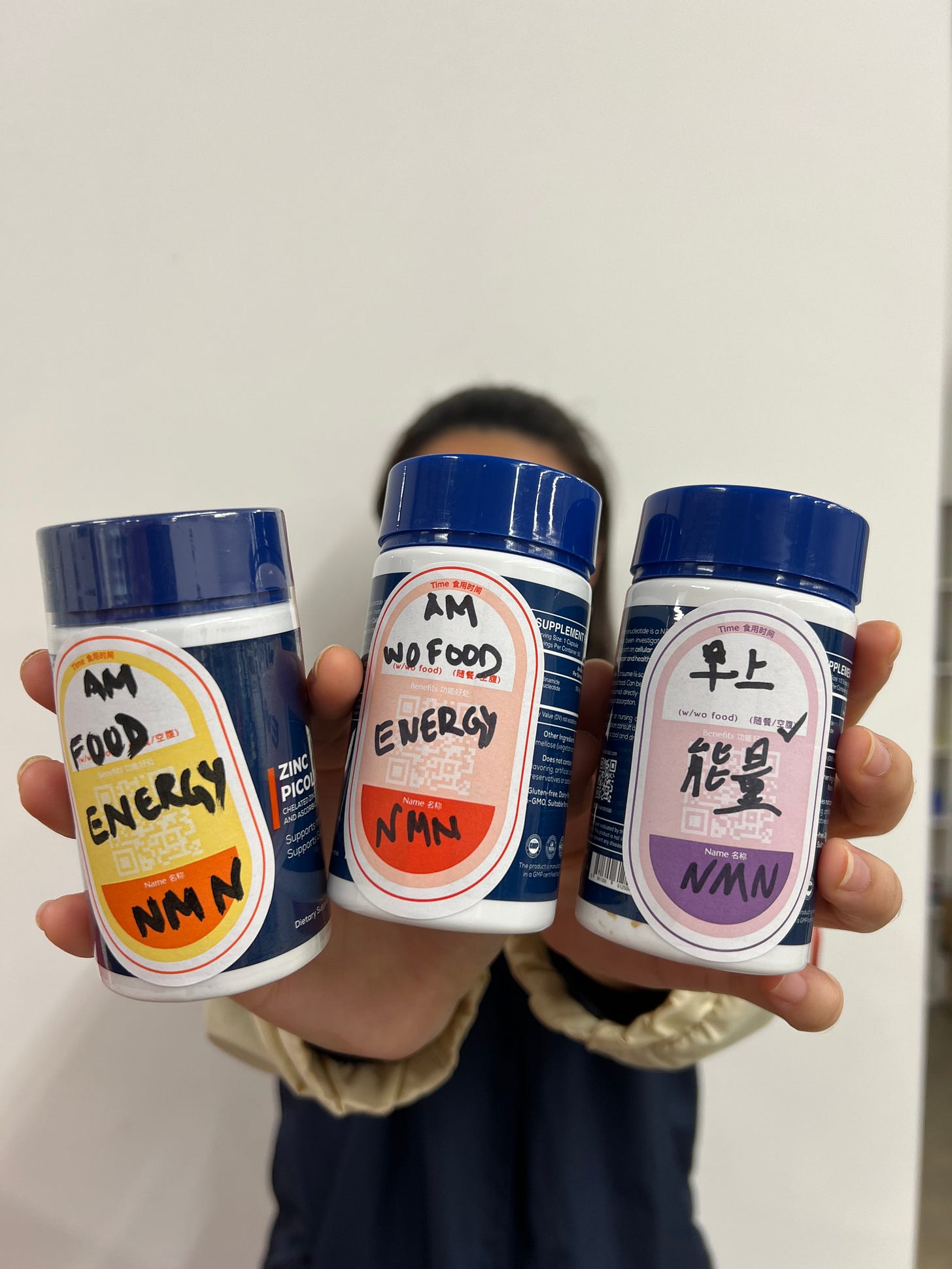Failed launches, and why they failed?
Last week I shared an overview of product launch process for us. Today let's look at all the failed and super failed product-launches. We get into depths of each one.
👋 Hola! Welcome to Out of Singapore. This is Shan and I write every Sunday on business and marketing. I have just converted this newsletter into a paid newsletter. It should not impact any of you, who are an existing subscriber. If it does, please let me know.
Why did I take this decision? Simple and honest - I felt I should. I don’t know what will come out of this or if this will work, but let’s see what happens for the next one year.
Last week I discussed way too much about Apple, Dixon and P&G. Today let me take you through what has happened with us over past 1.5 years. I have a few product failures on my hand. The discussion will be structured like this.
What is a product failure? How do I define it?
Four products that failed and why?
Products that failed even before launch.
Let’s get started, shall we?
#1 What is a failed product launch?
People may have different understanding of “failure”. Here is my two cents about failed product launches.
Marketing ROI is below 1. You spend $1000 and overall product revenue does not add up to $1000. On the first few days the response will be tepid. However, within the first 1-2 weeks, the ROI should start showing up. Even if it is below one, the ROI should consistently keep growing. If the ROI is improving, it means customers are seeing value.
ROI without scale is irrelevant. So be careful and don’t measure ROI on a $100 spend. If the product is expected to drive $20000 in sales, then the advertising scale is $2000-$6000. This means - you need to find if the advertising ROI will stay when you spend at least $2000 a month. Tricky and tough, right?
The advertising scale-up will happen over a time. It will depend on initial performance, ready inventory to sell and customer response. There are more factors, but these are primary. We can discuss this on another day.Consumers don’t engage - Do users ask questions about the product? Have they shown interest by reading about the product? Have you seen product related search keywords growing? Have they emailed you questions? Are they asking about the product availability with resellers and partners?
All these point to the interest. If there is interest, you will see questions coming in. Enquiries from customers and partners, alike.
When we started from scratch, there was interest from consumer about what we are doing? They would ask brand and then product related questions.Organic sales don’t pick up (worse, nil organic sales) - After the initial phase of advertising, are consumers coming by themselves to buy? Are there any customer who are buying it without even seeing the ads?
How do you know your organic sales are improving? One simple measure is MER (marketing efficiency ratio). If the MER of the marketing campaign keeps improving, it means organic sales are supporting the marketing campaign.
I intended to keep this section simple, but seems it became complicated. What do you feel about the factors above? Was it simple to understand? Did it make sense to you?
#2 Four products that I failed
Here are four products which failed during their launch. Some I am still working on to revive. Some I know will be a cash-cow soon.
I will share how they did against the 3 criteria I set in part 1 and then provide additional perspective.
Product 1 - Lean XP
Lean XP is a non-thermogenic fat burner. Simply put, this helps users achieve their weight goals without jitters (that caffeine based products give).
Keep reading with a 7-day free trial
Subscribe to Out of Singapore to keep reading this post and get 7 days of free access to the full post archives.




